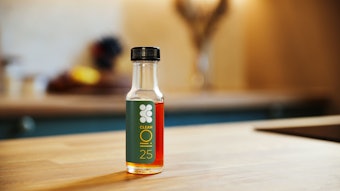
The EcoBeautyScore (EBS) Consortium, comprising 70+ members, is in the process of developing an industry scoring system based on the environmental impact assessment of cosmetic products. Ultimately, this will provide harmonized communication to consumers — who can use the scoring system to make product purchasing decisions. The consortium is seeking public feedback on its proposed system through May 9, 2024.
See related: [video] How Industry Leaders are Evening the Score for Sustainability
According to the group, the methods and scoring system aim to provide clear, transparent and comparable environmental impact information about products. Subsequently, this will encourage the enhanced environmental performance of products.
Key components of the proposed method include the following.
- A science-based footprinting and scoring system based on full Life Cycle Assessment (LCA) principles, with multi-impact categories.
- A footprinting method aligned with the EU PEF method, including some science-based adaptations to meet the specificities of the cosmetic industry and considering the diversity of products and services that are offered to consumers. In addition, it includes the feasibility to deploy within an industry characterized by the diversity of products and services that are offered to consumers.
- A system that can be used by non-LCA experts, that is user-friendly and easily accessible tool interface.
- A harmonized common industry database that should allow in future developments to tailor the assessment with company-specific data when appropriate and available.
Furthermore, the methodological development must be pragmatic, to ensure cost effectiveness and scalability, by:
- Leveraging internal knowledge, expertise and developments from members related to formulations, ingredients, packaging, etc., and considering for example, existing initiatives (e.g., SPICE (Sustainable Packaging In CosmEtics).
- Making trade-offs between specificity of information vs complexity of the tool, while remaining scientifically robust in the context of products’ comparison.
- Enabling future methodology, databases and tool improvement.
- Selecting Life Cycle Inventories, data specifications and scoring criteria to enable meaningful and science-based differentiation between products.
For more information about the method, scoring and phased development of the program, review the proposed documents.










